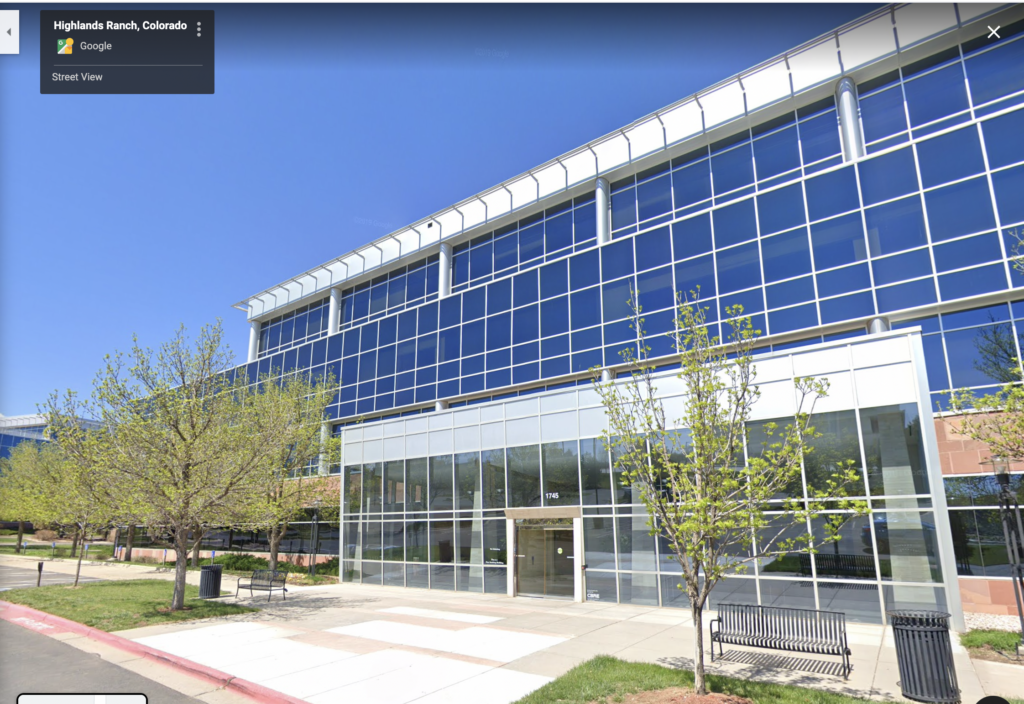
TimeSuite Software was founded in 1994, and is located in the Denver Colorado metro area. Our group grew out of a CPA firm that specializes in the Construction Industry. Through the CPA firm, we worked with every system on the market. Our relational architected product was developed to meet the need for a well done and comprehensive product that is easy to use (relational not modular), automates the percentage of completion method of accounting, creates an automated audit trail, and provides a dynamic setup. These concepts distinguish TimeSuite.
We have one system with many interfaces. TimeSuite Web is a browser based interface. Find TimeSuite Mobile in the android and iOS app stores. TimeSuite Toolbox is a traditional desktop interface with both .net and traditional dialogs and grids. One TimeSuite product with three interfaces.
We’re Located at 1745 Shea Center Drive, Suite 400, Highlands Ranch, Colorado 80129, (888)212-7990.
What to expect:
- Expect transparency: Expect to be allowed to test drive the software. The software should be intuitive and efficient. Making assumptions is the biggest mistake made in the software selection process. Spend five minutes to enter a couple list records, and a few transactions (five minutes that could save you thousands of hours and hundreds of thousands of dollars). Testing the software’s efficiency and intuitiveness should be an efficient and facilitated process. Through the CPA Firm, we’ve worked with every system on the market. There is a reason we developed TimeSuite.
- Expect a relational transaction architecture: Relational means that your transactions are centralized, and not stored under many modules.
- Relational: Implement in hours, intuitive, dynamic and efficient to maintain.
- Modular: A system that takes weeks or months to implement, significant training resources, significant resources to maintain and requires non-dynamic, rigid, uncompromising setup.
- Expect flexibility and dynamic customization: Software should not require fixed/rigid feature decisions during implementation. Over time, an agile workflow equates to gained efficiencies and competitive advantages.
- Expect automated GAAP (Generally Accepted Accounting Principles): We automate the POC (Percentage of Completion) method of accounting
- Automated full Summary of Contracts, automated history of POC margins to track fade and gain, automated retroactive allocation of over/under allocated indirect costs, automated accrued wages (GL labor should be based on work date)
- Automated over/under billings entries takes the complexity out of the process.
- Job Profitability Projection Grids provide for projecting profitability at the direct cost type level of Cost/Phase codes.
- Burden jobs/projects in almost limitless ways (support your estimating process).
- Our Burden Utility allows retroactive allocation of over/under allocated indirect costs.
- Our SOC Log provides information on project profit gain/fade misstatements. Know how your numbers are evaluated by the banks and bonding companies, and know how your financials have been impacted in the past by your projected profits. Being able to know the accurate results of your operations is a competitive advantage.
- Require a job schedule that always ties to your income statement and balance sheet.
Controllers:
- Controllers should be able to run changes through the financials in a minute or two. Expect an automated process.
- Adhere to GAAP standards by projecting profitability at a budget item level as well as the job level.
- Project job/project profitability based on amounts, hours and/or quantities
- Spend your time ensuring the quality and timeliness of your financial information (rather than on the arduous process of producing a full summary of contracts. Or, even worse, short cutting the process by just producing a work in process schedule.)
